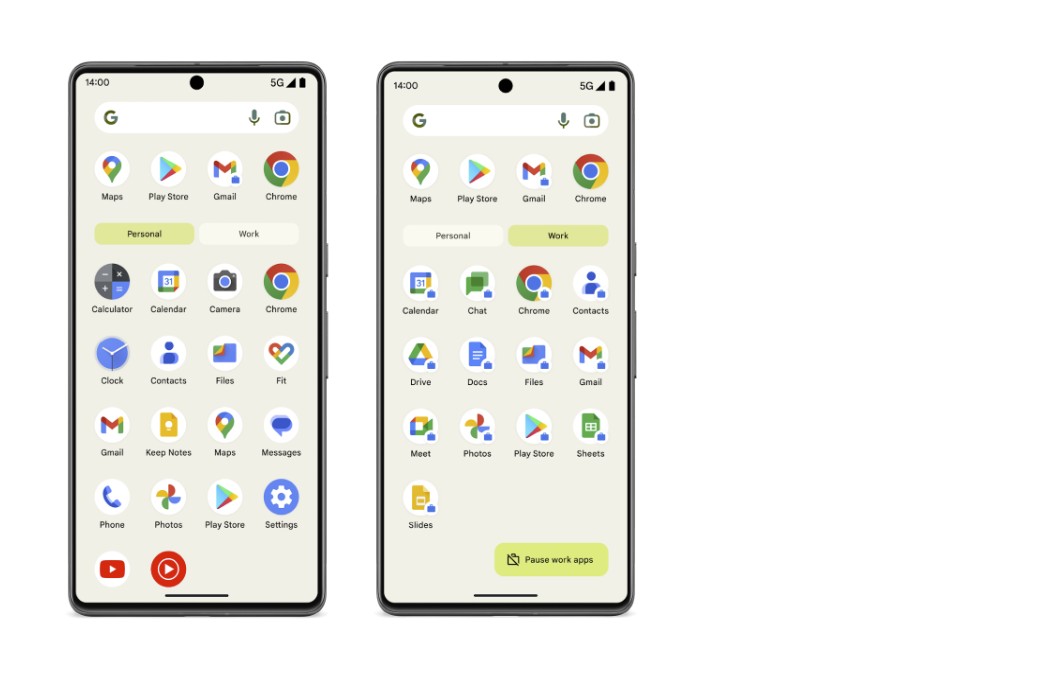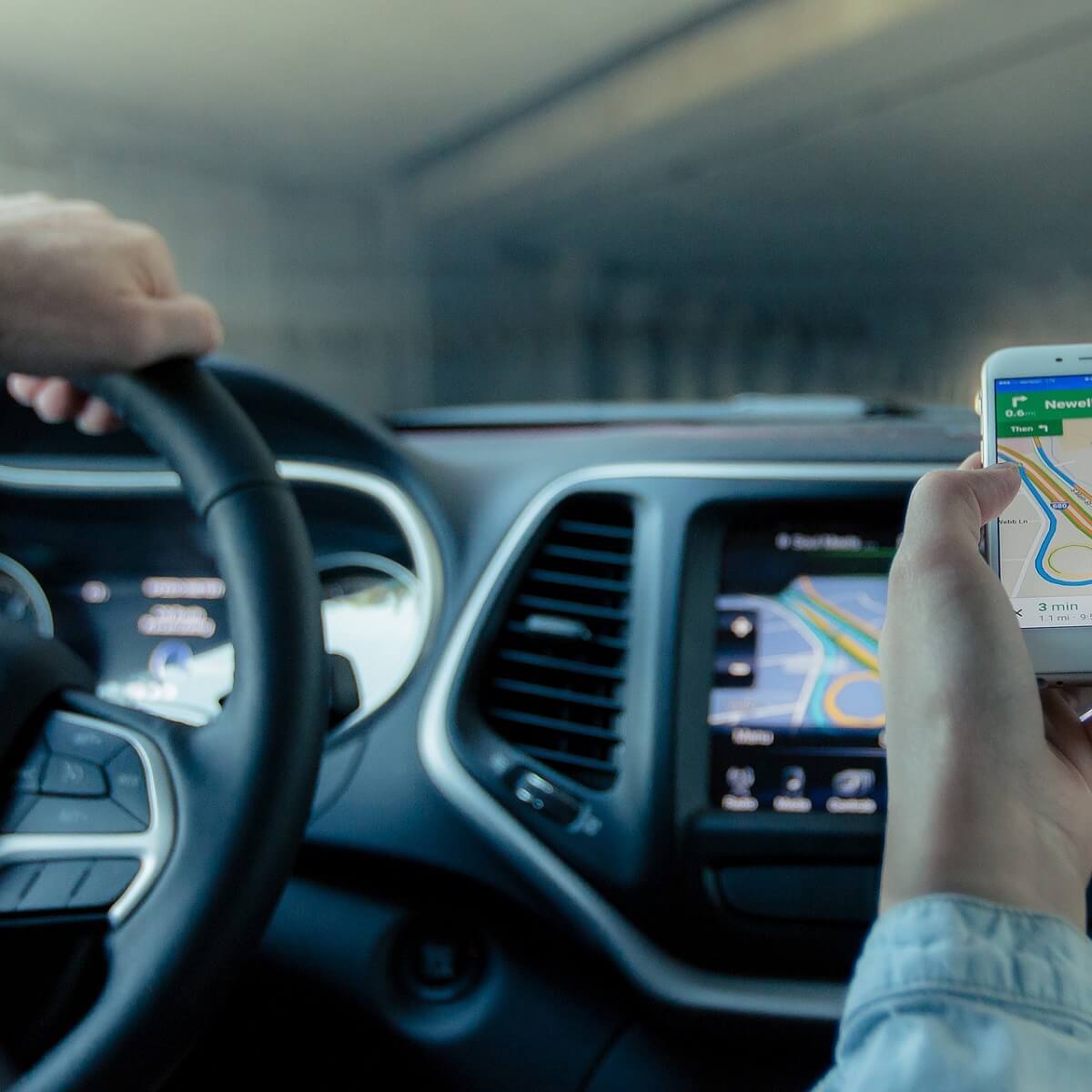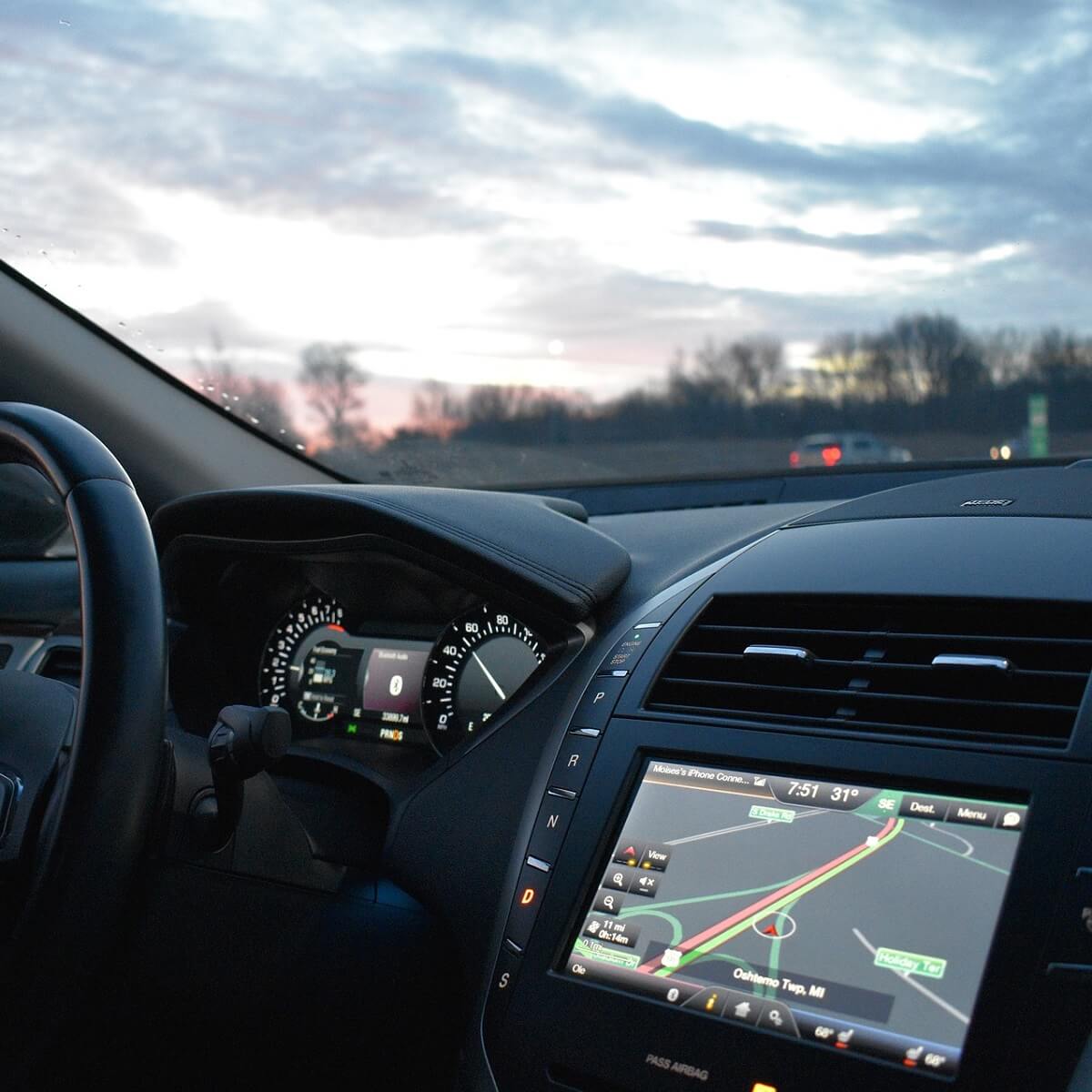How to Enjoy Smart Auto Focus feature on Galaxy S8 Camera
2 min. read
Published on

It has been suggested in previous reports that the Galaxy S8 front camera is going to feature autofocus which is supposed to make your selfies look even better and this is exactly what happened with the new device. I am glad that those rumors claiming that the device may feature autofocus for the new front-facing camera were more than simple speculations, just as the fact that I am thrilled to discover once again that Samsung is one brand that really listens to customer feedback.
When people said that selfies weren’t the best even on Galaxy S7 and S7 Edge, Samsung took note. The company upped the front-facing camera from 5MP to 8MP in its new Galaxy S8 and added some amazing new features. When you’re snapping a group, the camera’s Selective Focus feature will take care of things for you: you can focus on someone in front, at the rear or have the focus on both of them. Even more, facial recognition have been incorporated so it can better recognize and track faces, even when the distance between the camera and the subjects in the photo has been increased and Samsung added a super-useful facial recognition Smart Auto Focus feature, ensuring that the camera gets the best snap every time.
To be more precise, Samsung implemented the feature, which automatically adjusts camera lenses to provide the most advantageous focus-level according to a subject’s position, as the challenge to offer better smartphone photo quality increases.
AF functionality is included in other rear-facing smartphone cameras too, yet this comes with a high cost and not all companies afford it. Front-facing cameras are generally used for close proximity subjects, like in selfies or video-calling, so that is why many manufacturers still don’t see AF as being an essential feature.
I think otherwise and that is why I have this handset in my pocket. Samsung Galaxy S8’s front-facing camera is better with its autofocus (AF) functionality; in fact, combining all of the previously mentioned upgrades results in a more detailed image.










User forum
0 messages